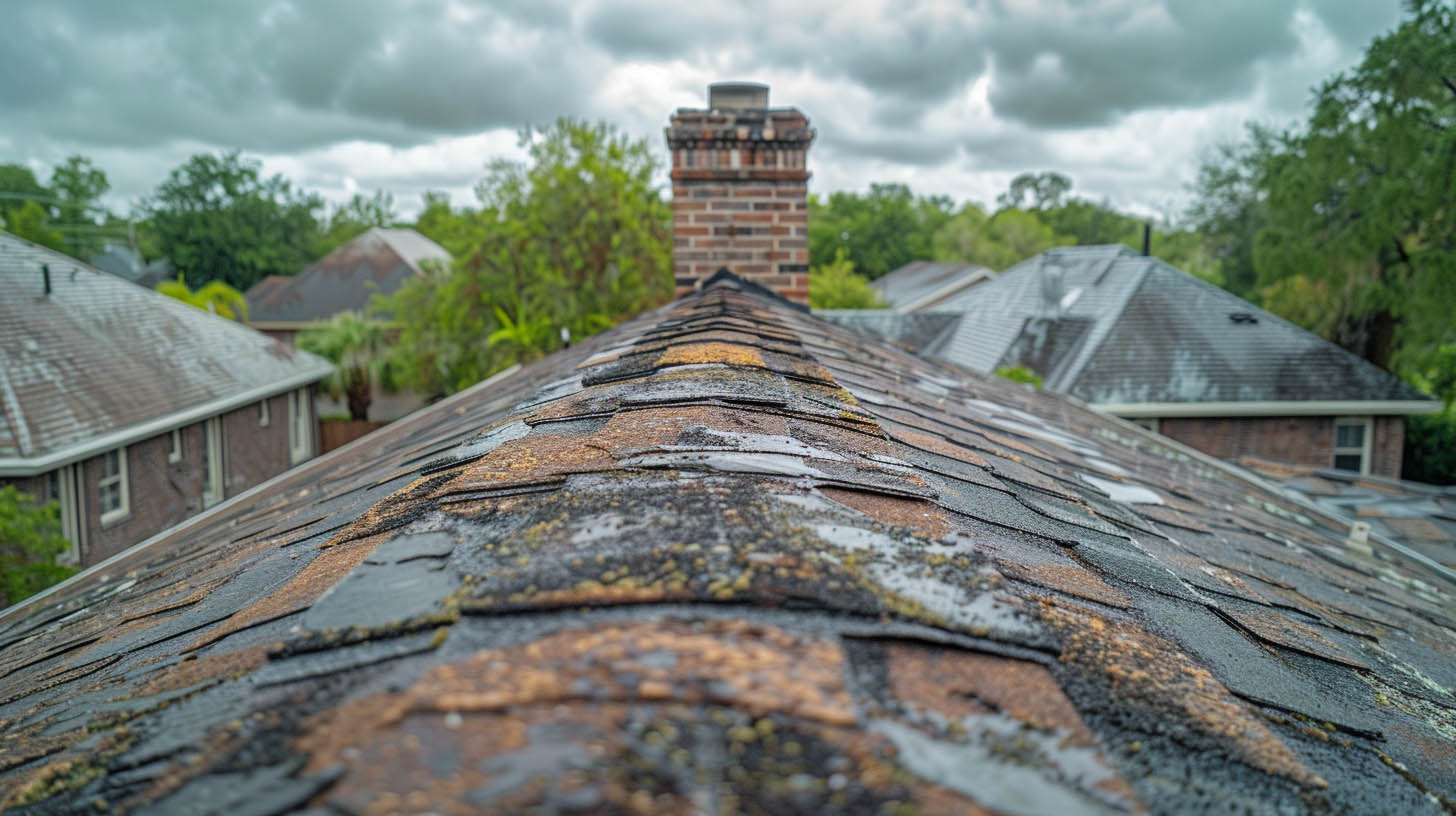
Good Roofing Company LLC in Lee’s Summit, MO, provides expert guidance on identifying and addressing common roofing issues such as blistering and hail damage. Proper diagnosis is crucial for effective repair and potential insurance claims.
Importance of Accurate Diagnosis
Determining whether your roof damage is due to blistering or hail impacts the treatment plan and insurance reimbursement. Blistering often results from poor installation, low-quality materials, or inadequate attic ventilation, while hail damage stems from severe weather conditions.
Signs of Hail Damage
- Granules in Gutters:
- Hail can dislodge roofing granules, which you may find in your gutters and downspouts.
- Indents and Divots:
- Large indents or divots with flat, smooth areas around them are typical of hail damage.
- Metal Damage:
- Check metal roof components like flashing and gutters for dents and dings.
Signs of Blistering
- Raised Dimples:
- Blistering creates raised dimples on the roof surface, with residue rings around them.
- Prolonged Development:
- Blistering develops over time, indicating issues with manufacturing or installation if still under warranty.
Next Steps
- Inspection:
- Conduct a thorough inspection to identify the damage type. Look for the specific signs of hail damage or blistering.
- Professional Assessment:
- Contact Good Roofing Company LLC for a professional evaluation and free roof inspection.
- Repair and Maintenance:
- Address the identified issues promptly to prevent further damage and maintain the roof’s integrity.
Conclusion
Accurate identification of roof damage, whether from blistering or hail, is essential for effective repair and insurance claims. Rely on Good Roofing Company LLC for expert inspection and repair services to keep your roof in top condition. Contact us for a free inspection and let us handle the details.
For Understanding New Shingle Warranties from Good Roofing, click here.









